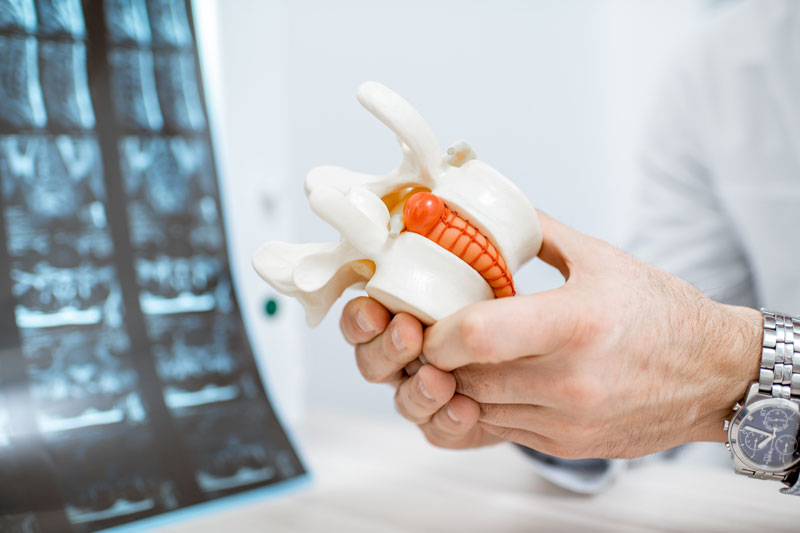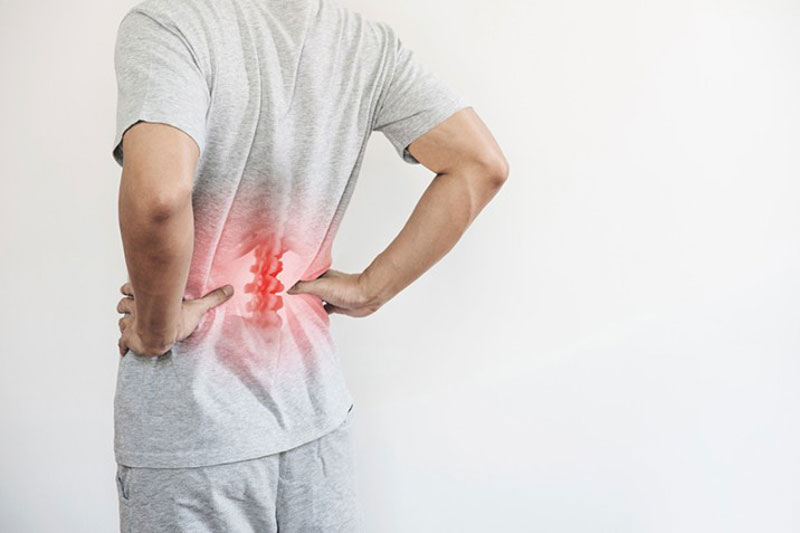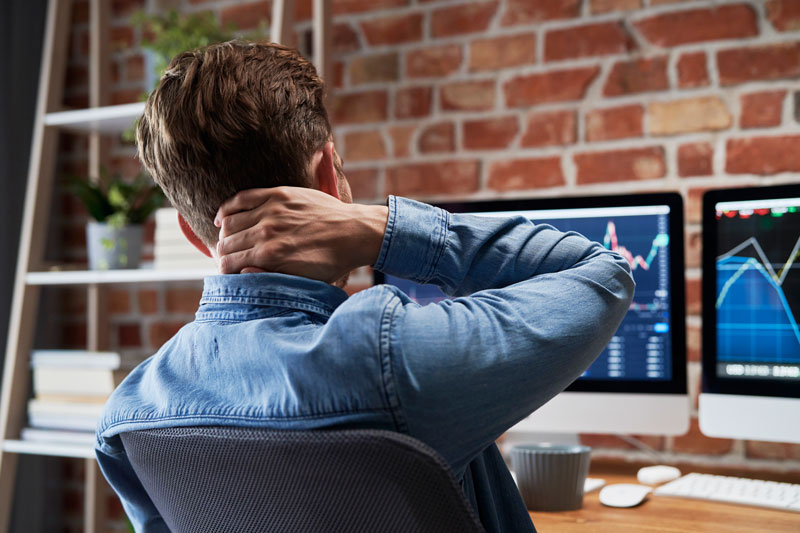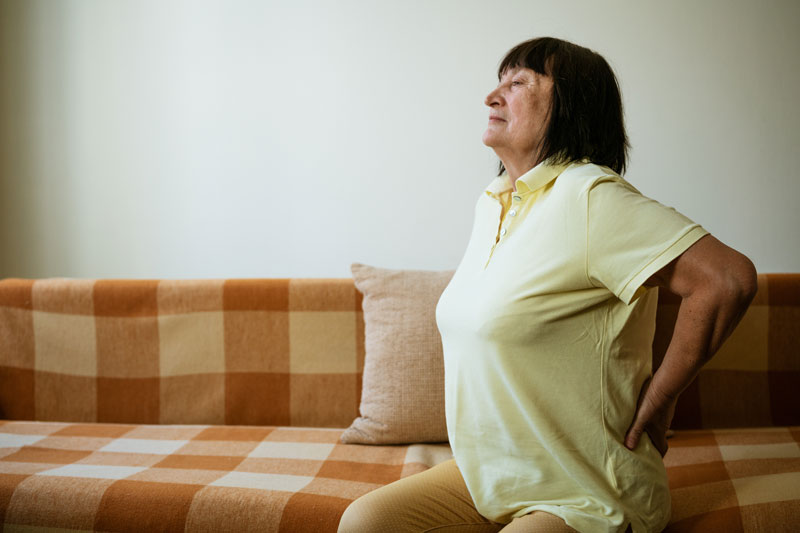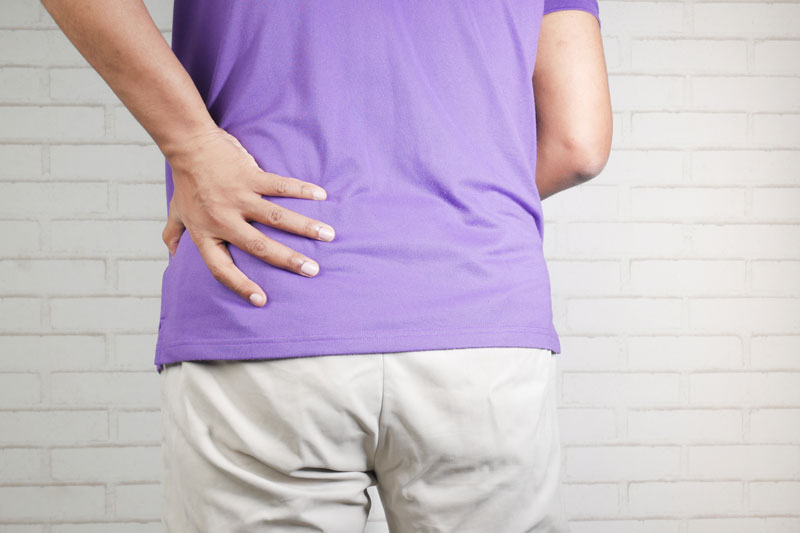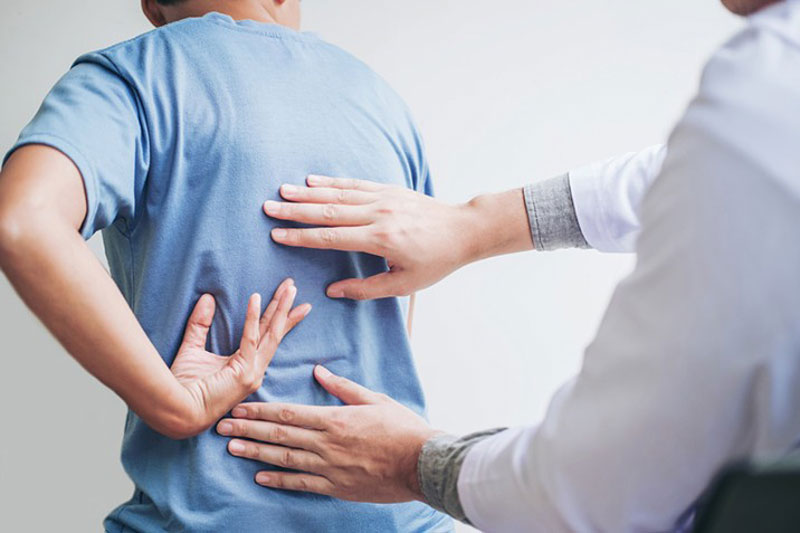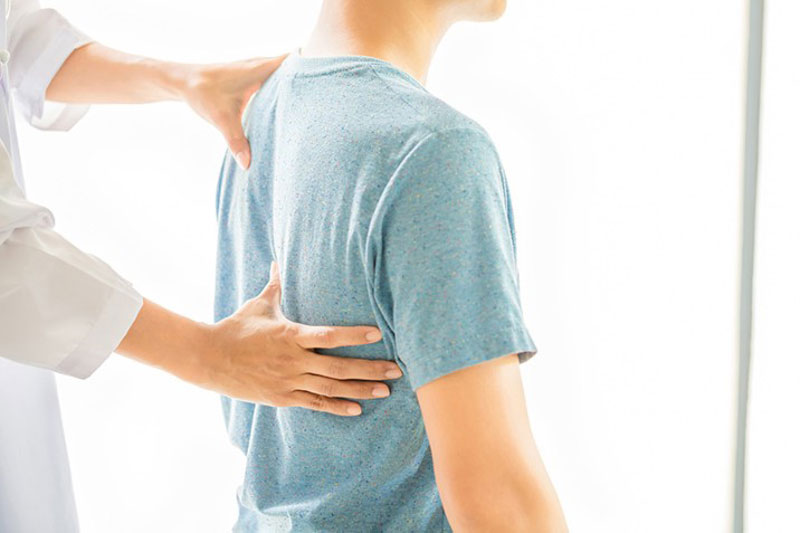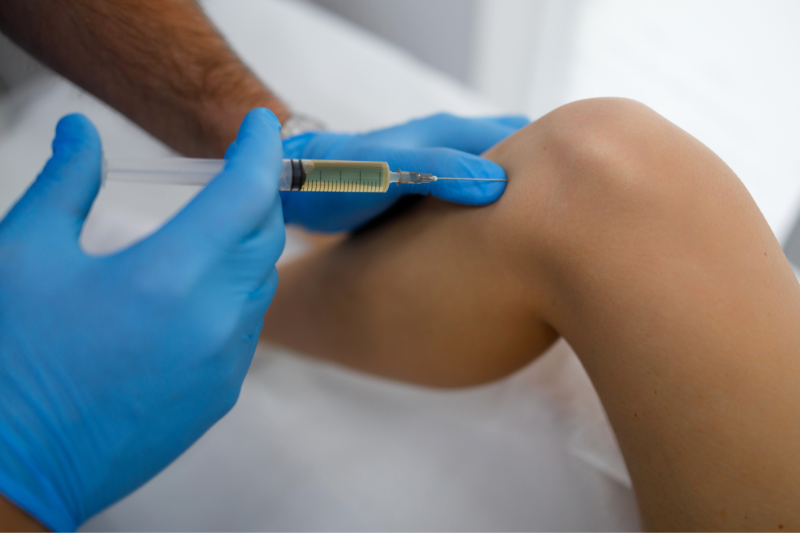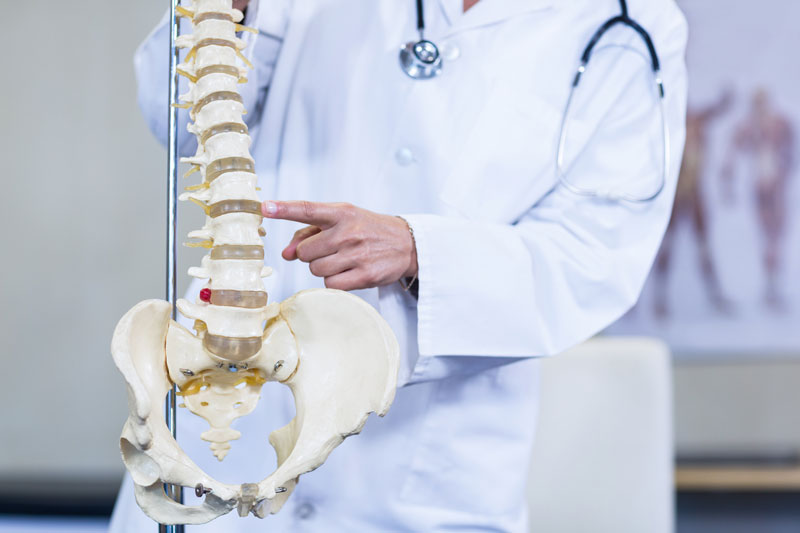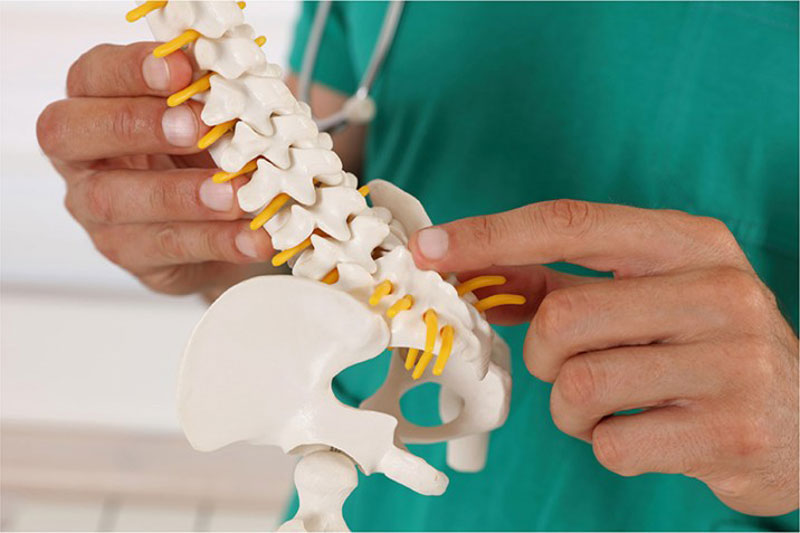What Causes Bulging Discs?
Aging is the most prevalent cause of bulging discs. The muscles of the back and abdomen weaken as we age, and gravity takes its toll. This simple action of gradually increasing pressure on the intervertebral disc might cause it to expand.
This aging-related disc bulging is a degenerative disc disease, but some risk factors can accelerate it. Obesity, genetics, smoking, and repetitive actions can raise your chances of developing degenerative disc disease and bulging discs.
Among the other possible causes are:
- People who have a sedentary lifestyle or smoke are more likely to develop a bulging disc.
- Constant strain on the disc from injury or excessive lifting can tear it down.
- Weakened back muscles might speed up the process, which can result in bulging the weakened disc.
- Although bulging discs develop over time, herniated discs can develop fast due to trauma.
- Bad posture, including inappropriate body orientation while sleeping, sitting, standing, or exercising, is one of the risk factors that might lead to the development of a bulging disc.
- Obesity
- High-contact sports or hobbies pose an additional danger.
- Runners who do not wear shoes with orthopedic support may develop bulging discs.
- Activities that put stress and pressure on the spine might cause bulging discs.
Symptoms of Bulging Discs?
When discs become compressed, they become deformed and press down on the spinal nerves. This compression can result in bulging disc symptoms such as:
- Sciatic pain which extends across the buttocks and down the hip to the lower leg
- Numbness or tingling in the extremities
- Back pain that worsens with prolonged sitting or movement
Some people may not feel discomfort till the bulging disc is left untreated and herniates. If a hernia develops, more aggressive treatment may be necessary. An estimated 52% of people with a bulging disc in any region of the spine have no symptoms or pain.
An MRI or CT scan can be helpful for your doctor to establish which disc or discs are bulging in the other 48% of persons. Diagnostic imaging is crucial for patients who have been in significant pain for four to six weeks and have not responded to conservative treatments.
Treatment Options for Bulging Discs
Maintaining appropriate posture, exercising regularly, and eating a well-balanced diet can alleviate back pain without medical intervention. However, if a person’s back pain worsens over time or they have other symptoms, such as bowel or bladder control issues, they should seek medical attention. People with severe back pain due to trauma or physical activity should also see a doctor.
Here are the most frequent bulging disc treatments:
1. Rest:
While long-term rest for back pain can not be good, rest can be beneficial during acute flare-ups.
2. Physical Therapy And Exercise:
Exercises and physical therapy may help a person strengthen the muscles surrounding the disc and improve mobility.
Depending on the position of the bulging disc, a doctor or physical therapist can assist a person in choosing safe workouts. They might recommend mild physical activity like yoga or strolling.
Stretches for the back, neck, and legs are another alternative for pain relief people can attempt at home. To relieve strain on the vertebrae, a person may also need to achieve or maintain a healthy body weight.
3. Anti-Inflammatory Pain Relievers:
Ibuprofen and Naproxen Sodium, combined with exercise and a healthy diet, can help relieve pain and improve movement.
4. Epidural Steroid Injections:
These pain injections can be beneficial if pain and inflammation limit movement and
make other therapies unsuccessful.
5. Acupuncture And Chiropractic Therapies:
Acupuncture and chiropractic therapies are also effective treatments for lower back pain.
6. Surgery:
Surgical intervention is rarely necessary. If all conservative treatments fail to relieve pain, your doctor may recommend surgery. Percutaneous discectomy is reserved for bulging discs if previous therapies have failed to relieve your symptoms.
Frequently Asked Questions about Bulging Discs
What are the best treatment options for bulging discs?
In treating bulging discs, we recommend Caudal Epidural Steroid Injections or Epidural Steroid Injections

